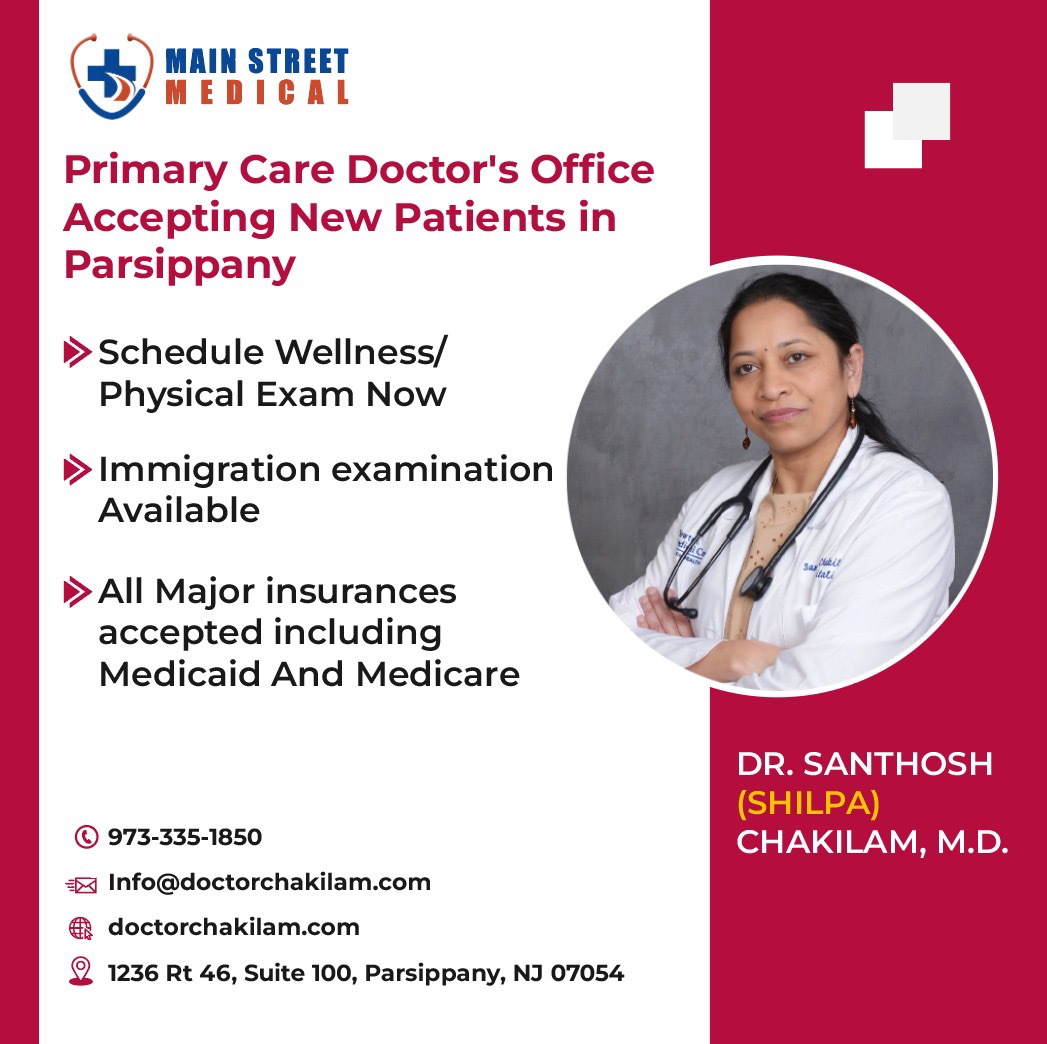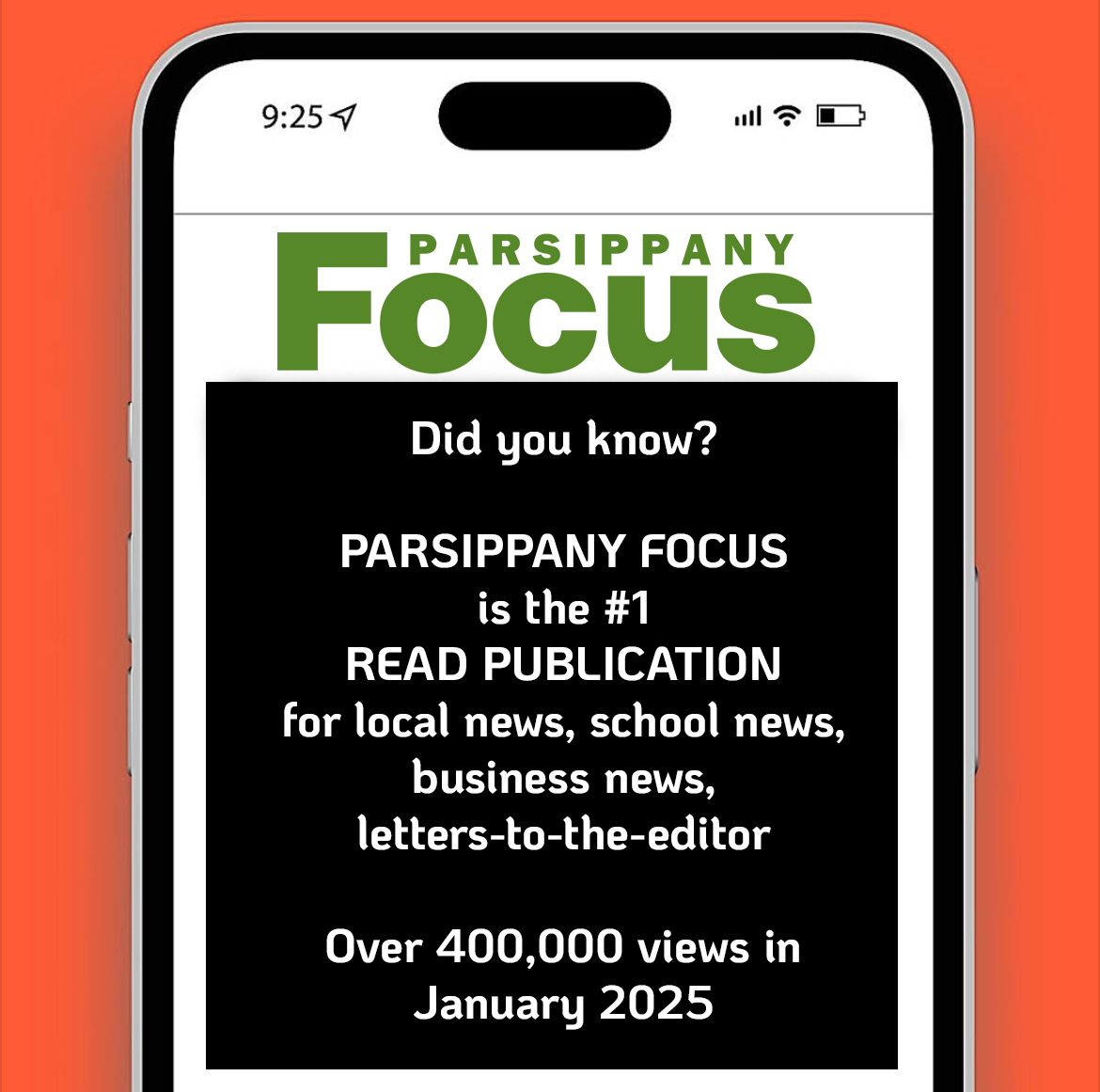Editor’s Note: This article was submitted by a reader and is a reprint from Change.org. Click here to see petition.
PARSIPPANY — Decreased school busing in Parsippany has led to increased traffic in and around its schools. It is a safety hazard for children and it is a problematic traffic situation for all drivers. Parsippany is convenient to many major roads, including 46, 80 and 287 and many of its schools are “conveniently” located, which means they are on feeder roads that residents must use to get to work or other activities during the day.
Parsippany’s School Transportation page lists the last posted evaluation by the “Traffic Safety Committee” dating from February 5, 2007. This study goes way back, as it was the same year “Hey There Delilah” first came on the radio, George W. Bush was President and the original iPhone was introduced personally during a keynote address by Steve Jobs (he passed away eight years).
The Current Policy: Parsippany’s school district policy is that elementary school kids from kindergarten to 8th grade who live within 2 miles should walk. The policy cites the state rule that high schoolers living up to 2.5 miles away should walk. This would have a 5-year-old at the geographic limit potentially walking 4 miles roundtrip to school – in NJ, one of the most affluent states, in Parsippany where we are supposed to have “Pride.” At grade three (around 8-years-old) students are permitted to walk home alone with parent approval, leaving them the opportunity to walk alone up to 4 miles per day, to attend our public schools.
The Parsippany School District school has the discretion but chooses to provide the minimum allowable transportation under state law. At a state level, Parsippany’s taxpayers pay nearly 2.5% more than NJ average, but children living in this town can walk 4-5 miles per day in any kind of weather, on routes where hazards are not identified, weighed or explained to parents. Exceptions may be made for children on routes deemed hazardous by the school district’s Transportation Department, however, as that 2007 report “helpfully” provides, “the definition of a key term ‘hazardous’ and what constitutes a hazardous route have remained elusive.”
CONCERNS
Pedestrian Issues: Sidewalks are crumbling, sometimes non-existent and there is not a bike path anywhere. Increased traffic has changed some roads, such as Vail that used to have a shoulder that pedestrians would walk in that was re-purposed by the town into a shoulder-less, right turning lane onto North Beverwyck. Sidewalks that are not shoveled or de-iced in winter before school (there are some in each neighborhood) result in children walking directly on dangerous roads potentially miles away from home. Crossing guards are out there, but traffic volume reports are not posted showing whether needs have ever been re-evaluated over time.
Climate: NJ is a state with seasonal changes and school occurs during fall, winter and spring…mainly cool, colder (and, arguably rainier since last year was the rainiest year in NJ recorded history) and warm. Does our Town have such a lack of funds that children should walk 4-5 miles roundtrip in rain and snow? Would each child have room in his backpack for changes in shoes, socks, potentially pants, an umbrella? Walking a 5K a day to get to school no doubt causes some majorly wet feet, no?
Traffic: Let’s be real – many “walkers” rely on parent “drivers” and this policy causes increased traffic, increases the likelihood of fender benders and adds a nice aroma of idling vehicles to our air quality.
Social: Parsippany is a proudly diverse community. Many families in our community have only one driver in the family (who also works full-time) and are forced to walk long distances to get their kids to school. Attending public school today is not supposed to be predicated on your parent driving and having access to a reliable car.
SOLUTIONS
It’s big, it’s yellow…It’s not a banana.
There are ways to get civilized here. There is courtesy busing, which means the town supports the new buses itself. There is subscription busing which a lot of towns in NJ are doing, including our neighbors in Montville who pay $250 to $350 per student for those who live outside the required bus limit, but whose parents chip in for the bus. Parsippany pays for an expensive identification process that basically checks publicly available sex offenders list, so safety-oriented funds exist.
We’re headed into 2020. Should we be blind to the fact that our school transportation policies have us walking around like Pilgrims?
















